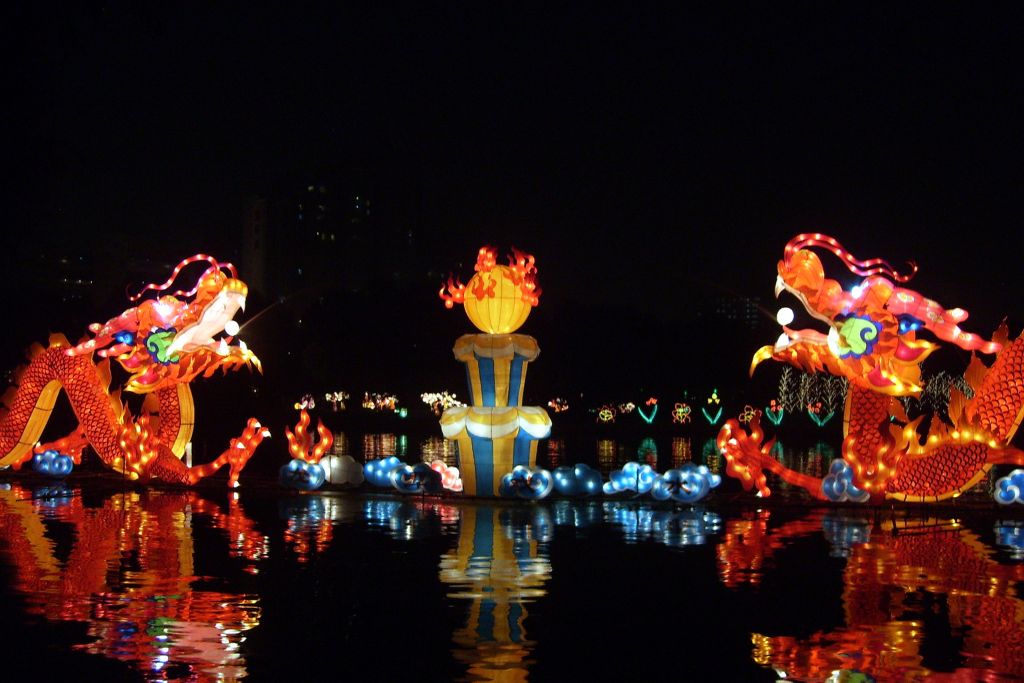As the saying goes, the Mid-Autumn Festival is a highly anticipated occasion when many look forward to cherishing moments of family reunion, enjoying delicious baked and sticky rice cakes, admiring the moon, and dreaming of good fortunes and completeness.
The Mid-Autumn Festival holds a significant place in the culture of Vietnam, as well as in East Asian culture in general. Every Vietnamese, from birth, carries memories of full moon seasons. However, not everyone fully understands the essence of this holiday beyond simply considering it a time for playful fun, moon-gazing, and lantern parades.
The Origins of the Mid-Autumn Festival
There are various explanations for the origins of the Mid-Autumn Festival, with two prevalent theories being the celebration’s roots in Vietnam’s ancient rice civilization and its influence from China, subsequently spreading to Vietnam and other neighboring countries.
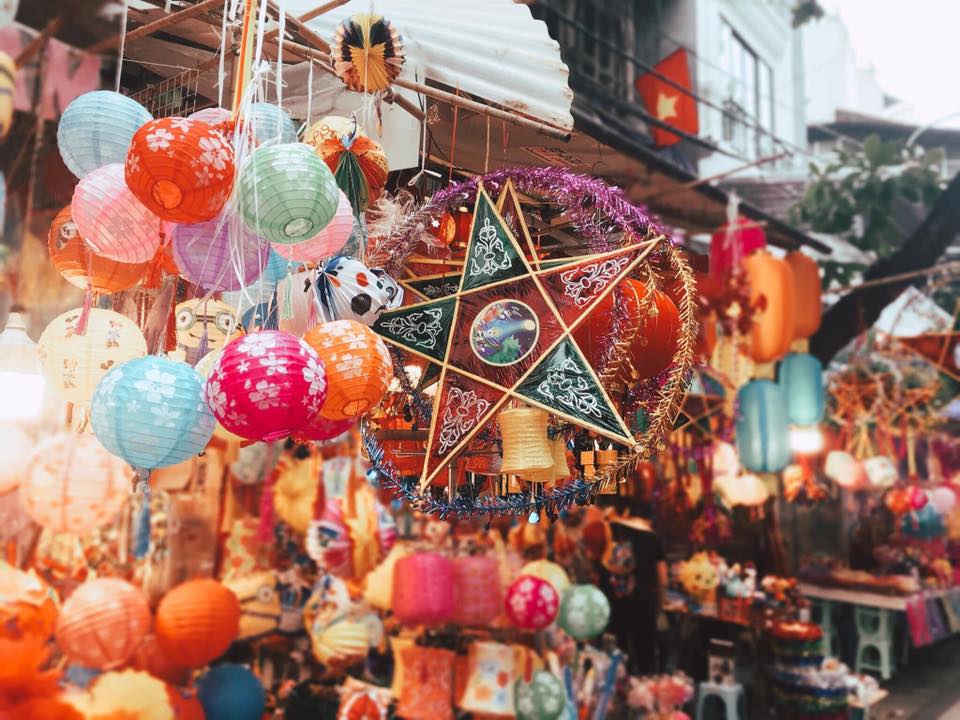
According to the theory originating from the ancient rice civilization, depictions of the Mid-Autumn Festival were found on the surface of the Ngoc Lu bronze drum. Additionally, inscriptions on the Doi Pagoda stele reveal that during the Ly Dynasty in 1121, the Mid-Autumn Festival was celebrated with activities like lantern parades, puppetry, and boat races. During the later Le and Trinh Dynasties, this festival grew even more extravagant and widespread.
According to the Chinese-origin theory, the significance of the Mid-Autumn Festival is derived from an ancient legend. It is said that during a mid-autumn night, the Tang Dynasty emperor was transported to the moon by a divine being. After visiting the moon, the emperor ordered the people to celebrate by holding lantern processions on the 15th day of the eighth lunar month. This tradition eventually spread to many Asian countries, including Vietnam.
The Significance of the Mid-Autumn Festival
The name “Mid-Autumn” suggests the timing of the festival, which falls on the 15th day of the eighth lunar month each year. It has long been considered an auspicious day, signifying a favorable time to predict the upcoming harvest season and to engage in joyful activities for children.
In Vietnamese culture, there is a belief in the mystical connection between human life and the moon. The image of the full moon and the crescent moon represents joy, sorrow, reunions, and separations. The full and round mid-autumn moon symbolizes togetherness, completeness, and happiness, which is why the Mid-Autumn Festival is often referred to as the “Reunion Festival.”
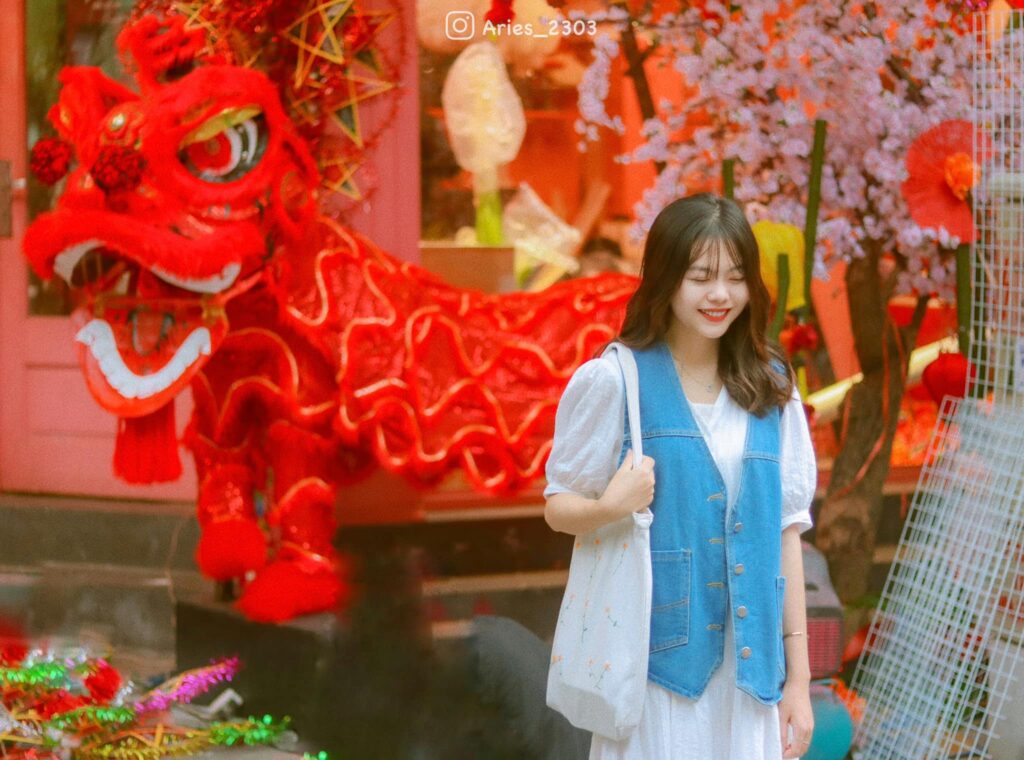
On this day, Vietnamese families prepare offerings of various colorful cakes and fruits to worship their ancestors and deities. Afterward, the entire family gathers to enjoy the feast, admire the moon, and bask in each other’s company. The cakes displayed on the ancestral altar are carefully chosen in colors such as green, red, white, and yellow. Fruits are intricately shaped into flowers and animals.
The significance of the Mid-Autumn Festival, particularly in Vietnam, leans toward the celebration of children. Children across the country receive gifts and participate in meaningful activities such as lantern parades, breaking open the feast, lion dances, and more with their friends. Traditional toys made of paper mache, like masks, lions, unicorns, and lanterns, are commonly used during this festival. In recent years, plastic and electronic toys have also become popular.
In many places, the Mid-Autumn Festival serves as a time to predict the upcoming season and destiny for the year. The color of the moon, for instance, may indicate a prosperous silk season if it’s golden, while green or blue might suggest a year of natural disasters. Furthermore, an orange, round, and bright moon is believed to bring peace and prosperity to the nation.
The Mid-Autumn Festival is a deeply meaningful and unique traditional custom that epitomizes the rich cultural heritage of the Vietnamese people and the broader Asian region. Regardless of its various origins and customs, the essence of the Mid-Autumn Festival worldwide is symbolic of love, care, family reunions, togetherness, and gratitude.
Top Ideal Mid-Autumn Festival Celebrations in Hanoi
1. Hang Ma Street – The Iconic Location of the Capital
Hang Ma Street is famous for selling Mid-Autumn Festival offerings and decorative paper items. During the festival season, this street comes alive with a wide variety of traditional Vietnamese Mid-Autumn toys and decorations. During this time, Hang Ma Street is often referred to as the “Lantern Street.”
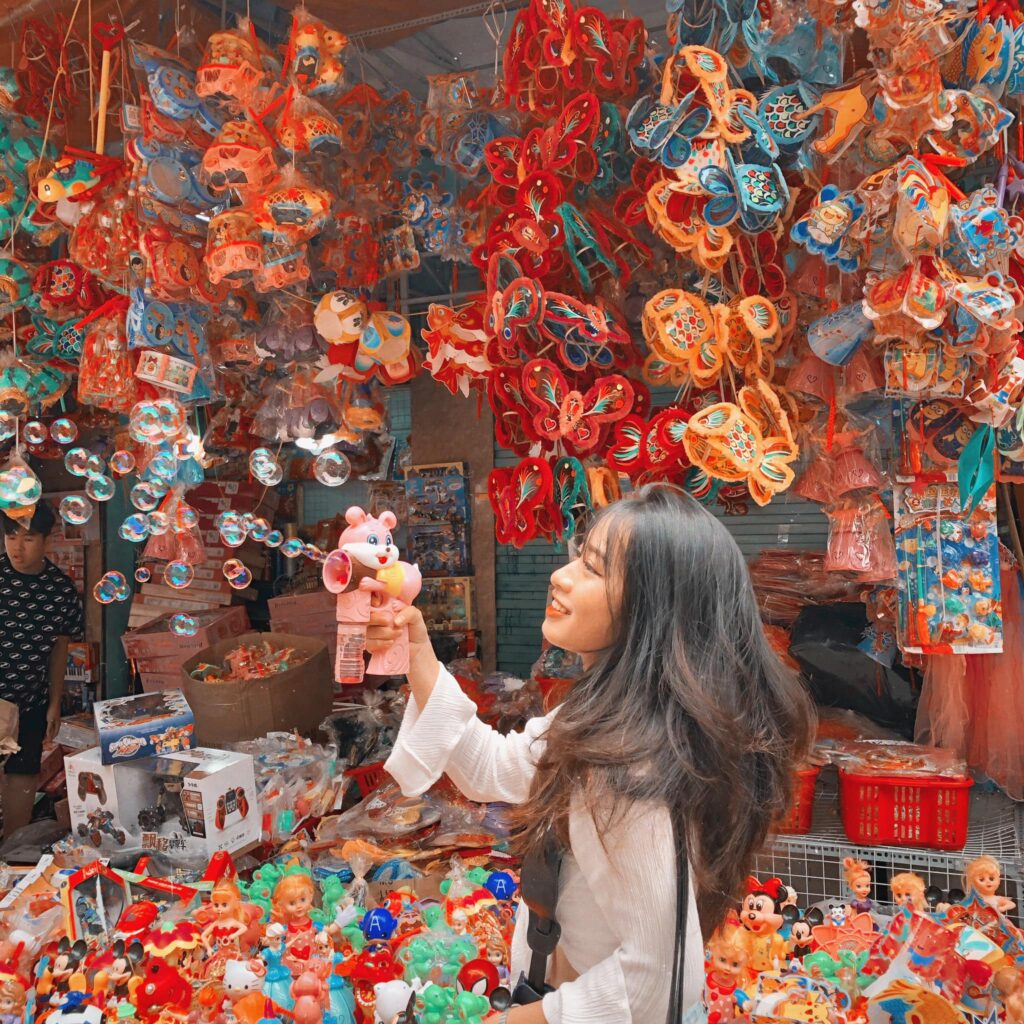
When the city lights up, everything becomes even more enchanting. Visitors can admire traditional Mid-Autumn toys such as lanterns, masks, star-shaped lanterns, and procession lanterns. It’s an iconic location for Mid-Autumn festivities in Hanoi, perfect for taking some stunning photos. If you wish to stay overnight, you can explore nearby hotels in the Old Quarter.
2. Hoan Kiem Lake
Also known as Ho Guom, Hoan Kiem Lake is often considered the heart of Hanoi, steeped in thousands of years of history and culture. It remains a remarkable cultural space, especially for young people, offering access to modern and traditional cultural values. If you’re looking for an ideal place to celebrate Mid-Autumn Festival in Hanoi, don’t forget to visit Hoan Kiem Lake and stroll along Dinh Tien Hoang Street.
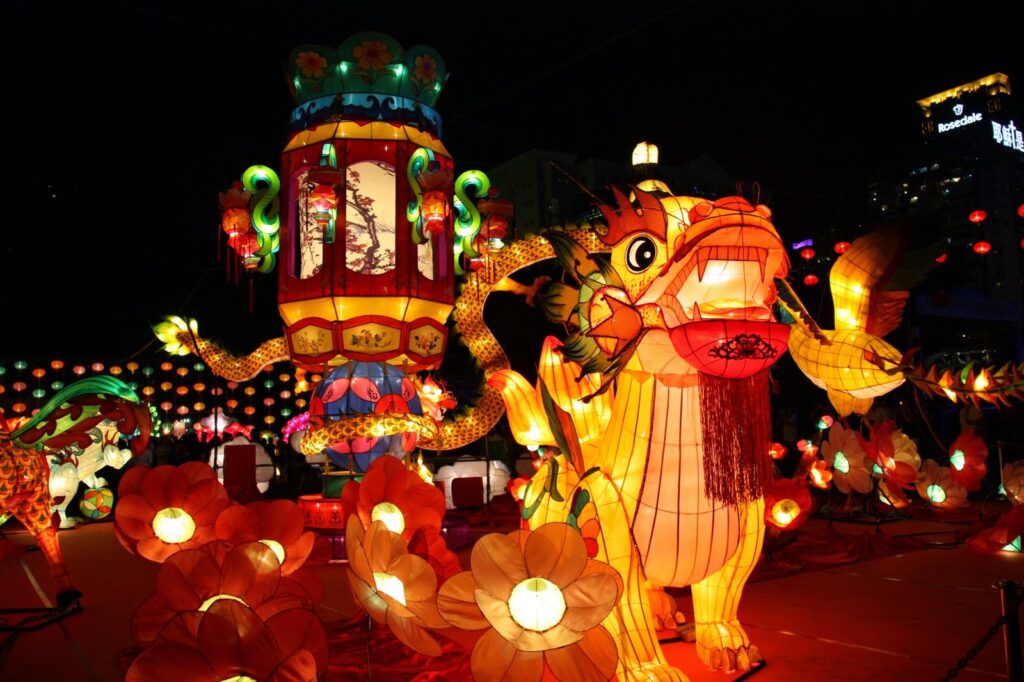
Take a leisurely walk around the lake to enjoy the cool breeze, watch street artists perform fascinating acts, and immerse yourself in the festive atmosphere. The twinkling lanterns light up the entire area, making it a perfect setting for Mid-Autumn festivities. Don’t miss visiting Ngoc Son Temple, where artisans create playful traditional toys like to he (edible figurines) in various shapes.
3. Phung Hung Street
Although there is no specific announcement yet, Phung Hung Street is expected to be beautifully decorated and attractive for this year’s Mid-Autumn Festival. It will likely be adorned with hundreds of colorful sky lanterns, adding to its charm.
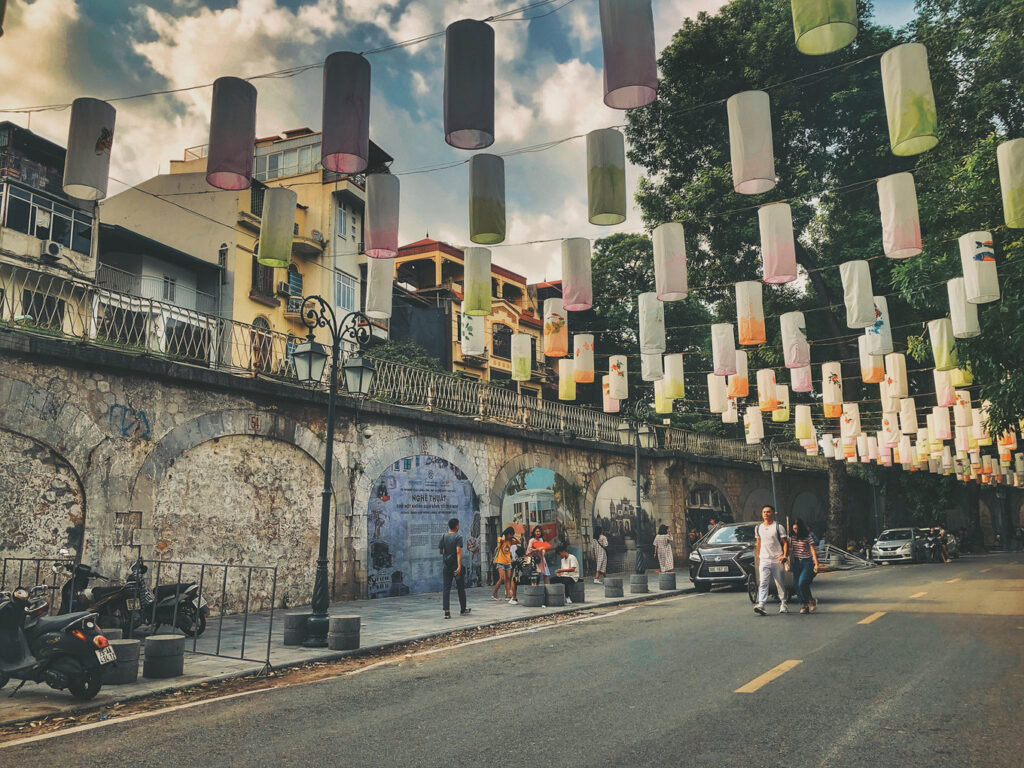
Many Hanoi residents and tourists choose to visit this street to admire the scenery, experience the festive atmosphere, and capture memorable moments with their loved ones.
4. Imperial Citadel of Thang Long
The Imperial Citadel of Thang Long is another ideal place to celebrate the Mid-Autumn Festival in Hanoi, offering visitors, especially children, a wide range of exciting and educational experiences. Every year, the citadel hosts various traditional folk cultural activities such as folk music performances, lion dances, folk games like ô ăn quan (traditional board game), and cầu tre gánh lúa (bamboo bridge crossing).
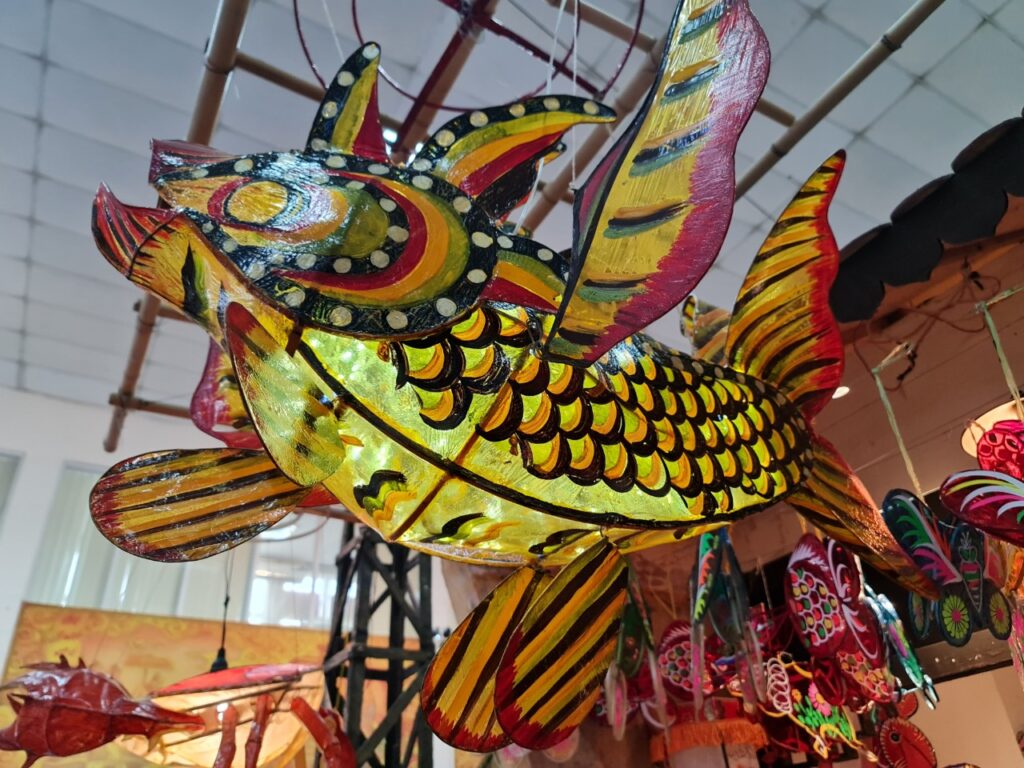
Visitors can also try their hand at making traditional Mid-Autumn toys like procession lanterns, star-shaped lanterns, and masks. The event provides a wonderful blend of old and new, preserving the traditional essence of the Vietnamese Mid-Autumn Festival.
5. Temple of Literature (Van Mieu – Quoc Tu Giam)
If you’re looking for an ideal place to celebrate the Mid-Autumn Festival in Hanoi, Van Mieu – Quoc Tu Giam (Temple of Literature) might be perfect for you. In previous years, the temple has hosted “Thu Vong Nguyet” (Mid-Autumn) events that have attracted both local and foreign tourists for festive fun.
Visitors can experience a fusion of traditional and modern Mid-Autumn Festival activities, enjoy a colorful, open space, and take plenty of Instagram-worthy photos. What special surprises await in 2023? Come and explore!
6. Museum of Ethnology (Bao Tang Dan Toc Hoc)
Celebrating the Mid-Autumn Festival at the Museum of Ethnology is an excellent choice for families with young children. During this time, the museum organizes various entertaining and educational programs, such as crafting fruit figurines from clay, creating and decorating traditional Mid-Autumn Festival trays with five fruits, making lanterns, and crafting star-shaped lanterns and ông sao lanterns (star-shaped lanterns representing the Moon). It’s a great opportunity for kids to interact with circus artists from the Central Circus Group and experience a day filled with joy and wonder.
